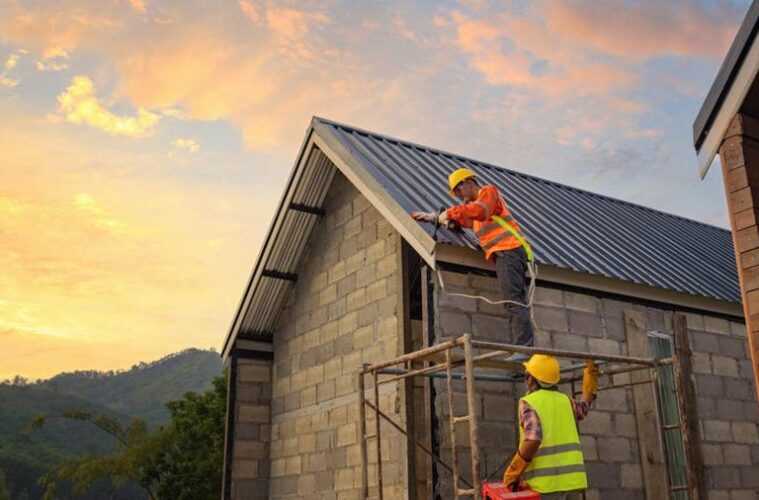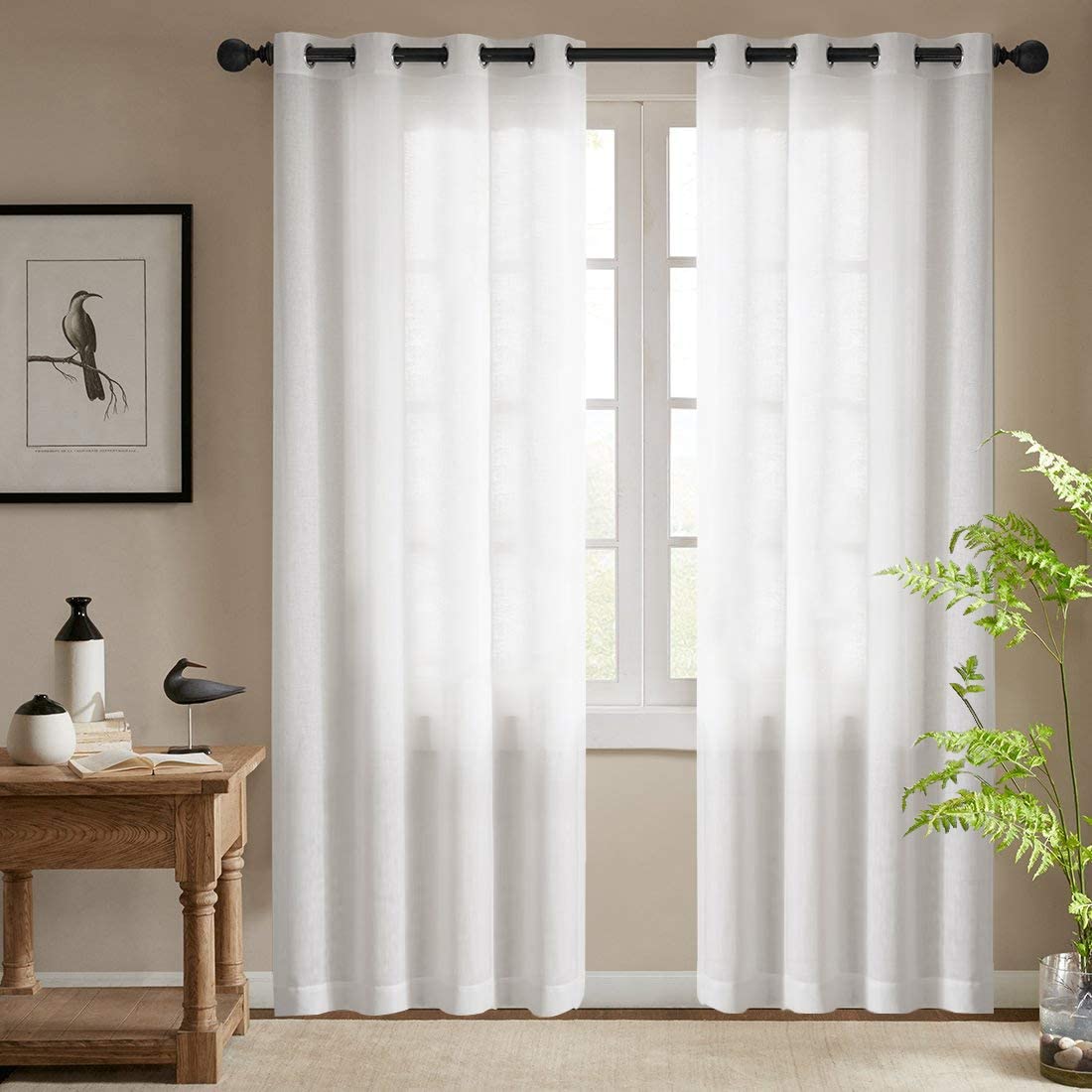Your roof is the ultimate safeguard for your home, and it is no surprise when the issues raise and it asks for repair. Throughout the year, the roof has to withstand different weather, and especially in summer, it goes under the test of both extreme heat and moisture at the same time. Therefore, it’s not an exception when it causes leaks, moss, and even rot.
Like any other specific season, you might face several roofing issues in summer. And it is obvious to check regularly and call your go-to plumbers or roofers once you see the roof needs some care to avoid further damage. While you need a reliable consultant on roof material, check out Londonecometal. This kind of concern can help you the best with their long experience.
During the long hot days, the roof materials sometimes get heated oven-like. Which in turn produces humidity under the top layer and over the underneath layer. However, some common issues you might face in summer:
- Developing Moisture
- Growing Condensation
- Summer Storms
- Damaged Flashing
- Budding Mold, and Moss
Developing Moisture
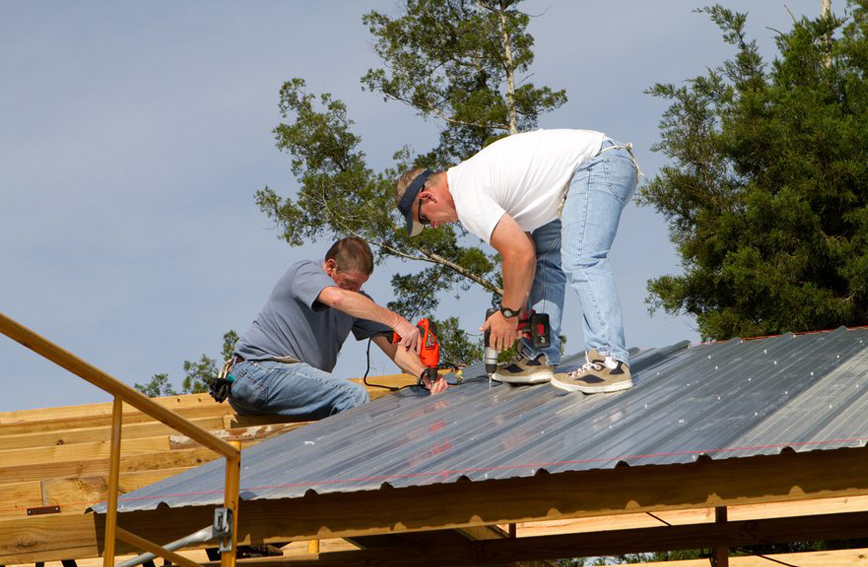
source: sr1roofing.com
One of the most common issues with roofing is developing moisture during hot hours. The moisture easily damages the wood layers. The worst part of the humidity is that it quickly oxidizes your ceiling materials, produces rust, and accelerates the deterioration.
To prevent moisture from growing inside the ceiling layers, use insulators on the top and inside of the underlayment.
Growing Condensation
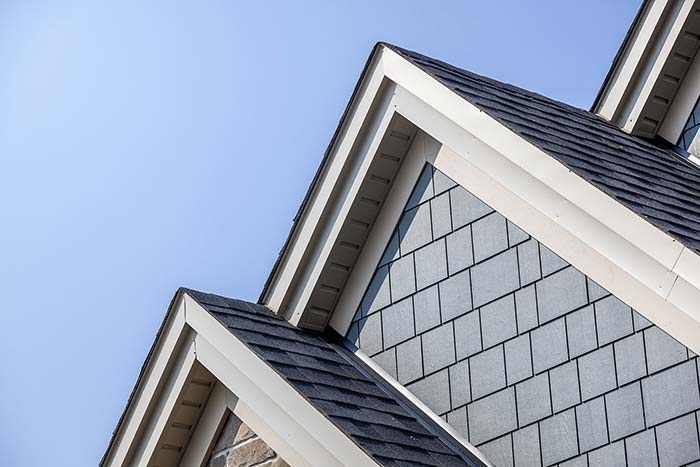
source: advancemyhome.com
Not only heat and humidity are going to affect your roof in summer, but the ceiling is also going to face monsoon and rain. Whereas Summer exists from Mid of Jun to the 3rd week of September, the monsoon also starts in July and continues till September.
Therefore, during monsoons, you need to be careful as condensation starts to grow. When it’s above 37 degrees celsius, steam starts to form under the roof layers. The bad news is condensation creates a series of problems. It will not only rot the materials, but gradually it may get heavy and fall down at any time. Also, the water can seep through the underlayment layers and drip over the edges. As a result, there is fear of getting the wall and floor drenched.
Do not underestimate the harmful sequences of condensation. Most of the house rooves have the inner structure of wooden rafters. When these wooden trusses get wet, the support column becomes loose and weak. And the overall strength of the roof structures is compromised. Finally, the roof layers start to droop.
Remember that, if you can prevent your roof from being cold, you can prevent forming condensation. The real fact is that you can not prevent the outside face of the top layer, like corrugated metals or shingles, from cooling. But you can prevent it from inside. Use insulators to the underneath layers and the bottom of the top layer. In this way, you can keep warmer the underside of the roof and prevent growing condensation.
Summer Storms
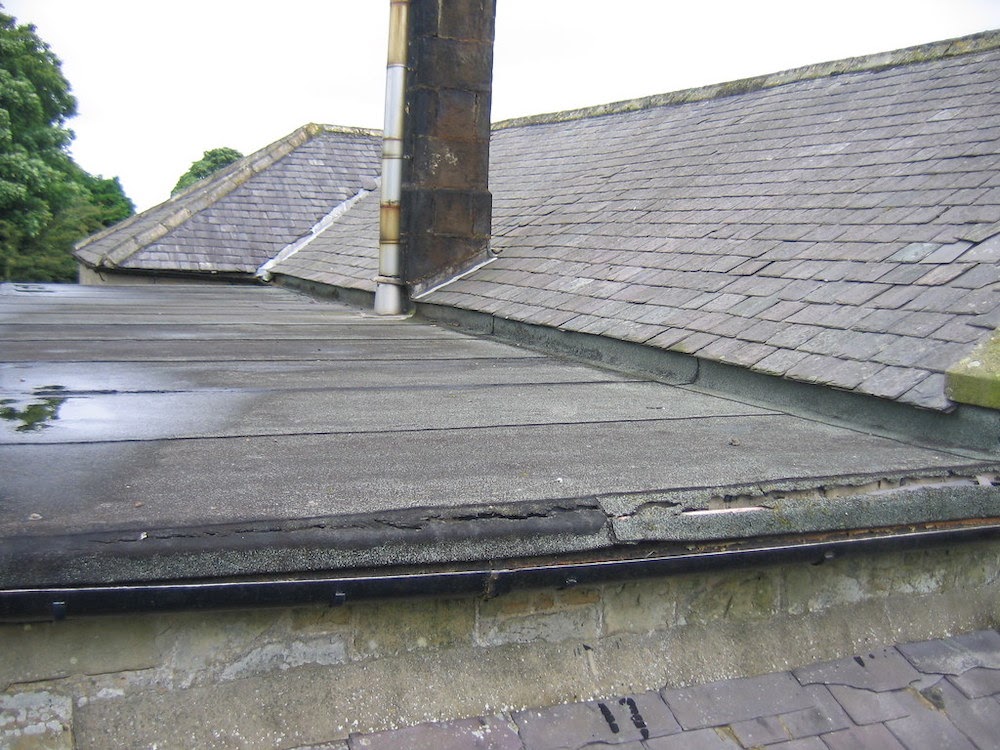
source: farinaroof.com
Summer storms with their high winds are one of the major threats to your roof safety. The high winds not only sweep away the loose shingles and affect your roof heavily. And the holes that are created from missing shingles, will call for new problems like welcoming rain waters and moistures.
You can prevent summer storms from blowing off your roof shingles in several ways. A good option is using hurricane roofing clips. Consult with your roofer and make sure the coating is firmly established. However, an aged roof can not prevent strong wind and storms well, and replacing the old roof can be the best option.
Damaged Flashing
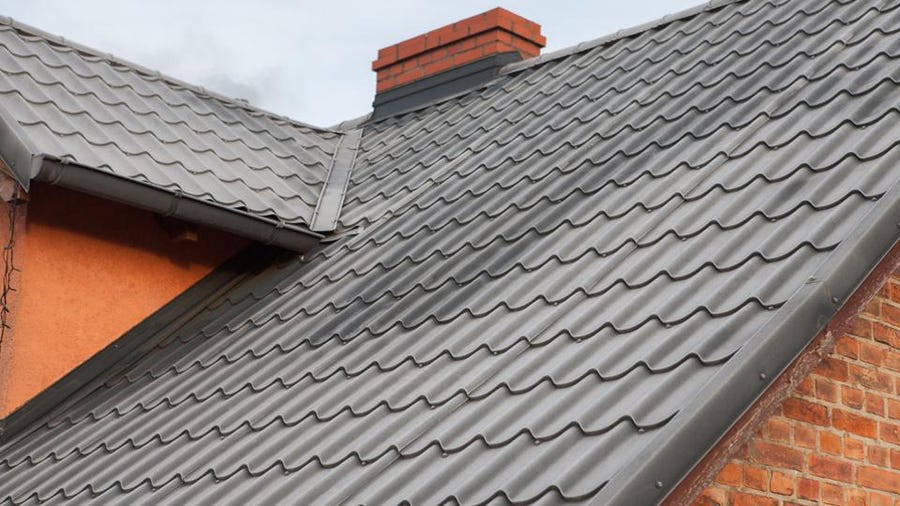
source: pinterest.com
Flashing covers and protects most of the vulnerable parts of your roof. So, it should be a matter of concern when you find single damage to your roof flashing. Continuous vulnerability to the summer sun can cause serious harm to the flashings.
If you check and find your roof flashings are damaged or they have become bent upward, repair them immediately. Else, moisture can easily tress pass through the underlayment and can run inside the rafters’ joints. The problems become greater during the heavy rains, as nothing is there to fend off the rain from entering and seeping through the layers.
In the worst situation, if the heat is extreme for days continuously, the roof flashings might melt.
To avoid further dangers from damaged flashings, replace your old and expired flashings. Generally, they have an average lifespan of 25-30 years.
Budding Mold and Moss
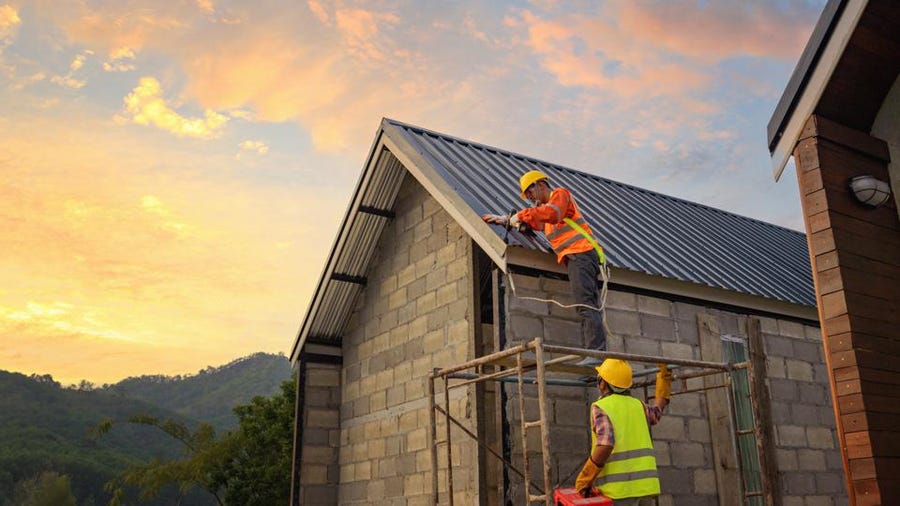
source: pinterest.com
Roof mold is an Algae that grows well in warm and humid climates. When the shingles are worn out, damaged, or leaked, humidity gets higher between the notches. They look like the dark grey or black stains across the roof shingles. They grow specifically on the light-colored roof, especially on the asphalt shingles.
So how can you prevent molds on the roof? An effective and less expensive method is to use a 50 percent mix of bleach and water. Do not use a pressure washer, it might harm the shingles. Pick a sprayer for the job and get the mixer evenly over the shingles.
To prevent the rebirth of the algae, you can install a copper strip across all the roof-side. Copper is a toxic substance to molds but it is costly. For a cheaper option, you can use galvanized metal sheet.
Conclusion
Every issue has a different level of threat to your properties, and your family’s comfort and security. Your roof is the ultimate guard to your house that absorbs all the rough acts of outside weather. The misery happens when sometimes the materials get old and expired. Sometimes, the reason lies in the faulty installation. Moreover, your negligence on regular checking is also a major reason.
A tiny hole or a particular shingle is easy to repairable, while they grow over time bigger, and cost you money and suffering. Take caution to the roofing issues on time and keep safe your family.

